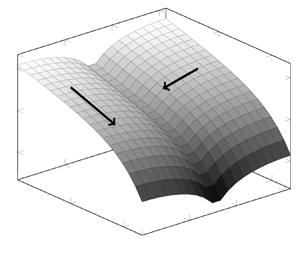Crossref Citations
This article has been cited by the following publications. This list is generated based on data provided by Crossref.
Alexakis, Alexandros
2023.
How far does turbulence spread?.
Journal of Fluid Mechanics,
Vol. 977,
Issue. ,
Bos, Wouter J. T.
2024.
Unsteady and Inhomogeneous Turbulent Fluctuations around Isotropic Equilibrium.
Atmosphere,
Vol. 15,
Issue. 5,
p.
547.
Du, J.L.
Liu, W.S.
Fang, L.
and
Bao, T.W.
2024.
Involving non-equilibrium training dataset in data-driven turbulence modeling for turbomachinery.
The Aeronautical Journal,
p.
1.
Valadão, V. J.
Ceccotti, T.
Boffetta, G.
and
Musacchio, S.
2024.
Nonequilibrium fluctuations of the direct cascade in surface quasi-geostrophic turbulence.
Physical Review Fluids,
Vol. 9,
Issue. 9,
Xie, Zhicheng
and
Guo, Shuqiang
2024.
Application of Particle Image Velocimetry Method Based on Full Convolution Neural Network in Turbulence Field.
p.
781.







